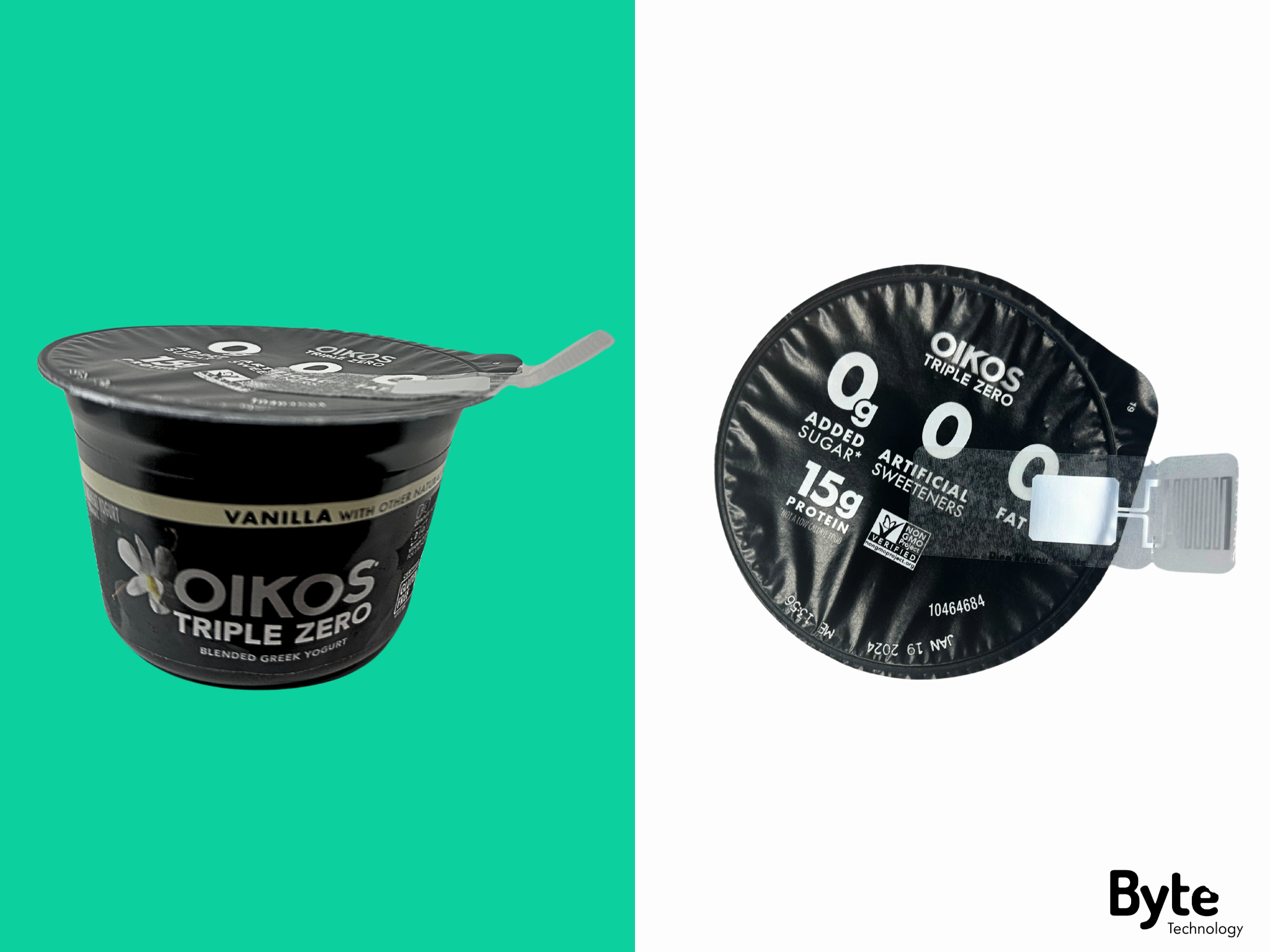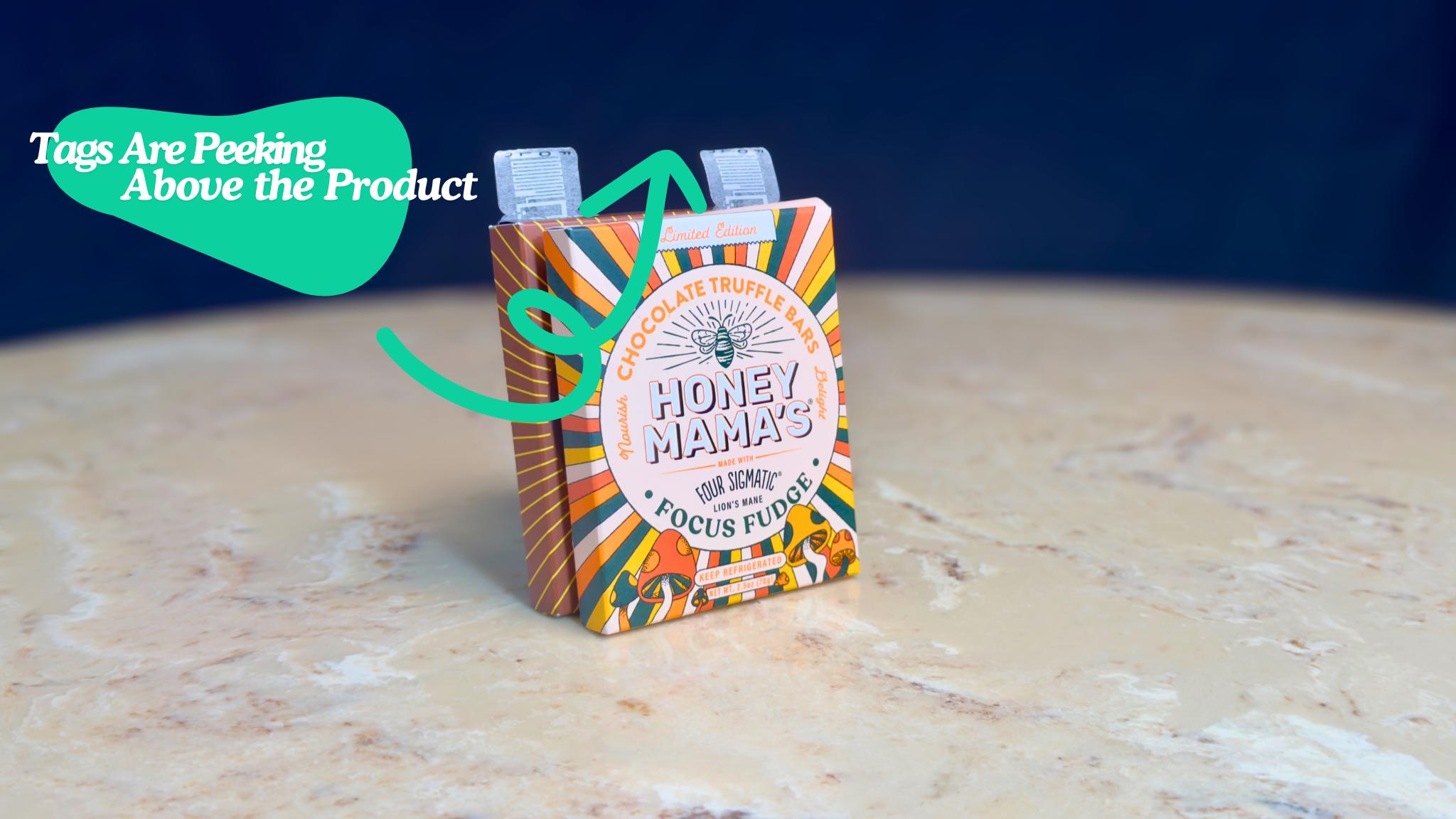Using the Dashboard
Summary
Stores
Stores Tab Overview
Stores > Status
Stores > Technical
Stores > General
Web Based Store Inventory / Online Menu
Download a Pick List for easy restocking
Stores > Restock
How To Set Pars
Sales Tax
What is a KID?
Stores > Discounts
Stores > Financial
Products
Export Lots as CSV
Products > Transactions
Delete/Undelete (or Archiving) a Product
How to repurpose tags
How to Bulk Import Products
Products Overview
Products > Tag Orders
Export EPC Inventory
Products > Inventory
Add a Product
Products > Details
Tags
Transactions
Understanding Transaction Preauthorization and Processing Times
Transaction status definitions
Transactions > Logs
Coupon Reporting
Transactions > Customer Emails
Edit the default preauthorization amount
How to adjust a transaction or process a refund
How to View Transactions & Transactions Overview
How to Export Transactions for Enhanced Sales Analysis
How to prevent mischarges
Feedback
Discounts
Discounts > Add a Happy Hour Discount
Discounts > Add a Standard Discount
Discounts Overview
Discounts > Creating Coupons
Discounts > Add a Shelf Life Discount
How to redeem a coupon
How to end a Discount
Financials
Settings
Getting Started
Remittances
Transactions included in a remittance
Remittance Processing Schedule
How do I provide my banking information?
Ordering Tags
Restocking Product
Setting Up Your New Store
How to restock a Byte store
Setting up your store to be NAMA-certified
Custom graphics install instructions
Branding your store
Setting up your Byte Technology store
How soon will I receive my store?
Standard Byte Store Specs
Tagging Best Practices
Tagging Frozen Food
Tagging drinks
Tagging Non-Perishable Products
Product tagging best practices
Tagging sandwiches, wraps, and burritos
Tagging snacks or soft packaging
Tagging soups or yogurts
Tagging salads & hard packaging
Are RFID tags microwave safe?
Merchandising best practices
Test and verify inventory
Tagging heatable entrees
Tagging aluminum cans and foil-lined products
Dashboard Onboarding | A self-guided training
1. Introduction to Byte Technology Dashboard
2. Overview of Summary Page + Navigation Bar
3. Stores Section Overview
4. Products Section Overview
5. Transactions Section Overview
6. Feedback
7. Discounts Section Overview
8. Financials Section
9. Settings
10. Congratulations
Campus Card Stores
Byte Store Dimensions/Store Types
Troubleshooting & FAQs
Connectivity
How to Install an OptConnect Cellular Device on a Byte Store
Ethernet setup and networking requirements
Transactions made while store is offline
How do I get a store back online?
Code 400C
Code 600
Code C
Code E
No IP / Red or Yellow Border
Code 200
Sending Remote Commands
Screen Issues
Store Temperature
🧊 Why Your Dashboard May Show a Higher Temperature or “Too Warm” Status
Adjusting the store temperature
Inventory
Antennas in the Byte Store - Where to Place Your Products
Customer Inquiry: Need Help With Your Transaction?
Code 400
Door Lock Issues
Open a CSV file in Excel or Google Sheets
How to Reach Support
Combatting Theft With Your Byte Store
Error Codes: Out of Service Troubleshooting Guide
- All Categories
- Getting Started
- Tagging Best Practices
- Tagging snacks or soft packaging
Tagging snacks or soft packaging
There's so much variety with snack products! Snack products are made out of different ingredients and packaging.
Flag Tag Vs. Regular Tag
You may ask yourself, "Which tag type do I get?" The answer: it depends! When you are deciding on the tag type, you should ask these questions:
- Is there liquid?
Products with liquid or liquid-like ingredients should use drink tags.
- Is there any metal? For example, aluminum lining in the packaging.
Products with aluminum lining packaging should use metal-safe tags.
- How would you merchandise this product?
Merchandising methods can really change which tag is the best fit. Our flag tags may be a better option over regular tags simply due to how it is merchandised.
- Is it small/skinny?
Small/skinny products usually do the best with flag tags, as it increases tag readability.
As you can see, variables change what tag best fits your products. Generally speaking, we see that operators tend to opt in for our flag tags.

Their versatility allows ease of merchandising, especially for stacking. That does not mean you have to use flag tags, however.

Regular tags are a great option for tagging snack products. They are easy to tag and lie fully flat on the product.
There are a few things to remember, however:
- Tags cannot be covered by another product
- The tag needs to be placed as high as possible to avoid conflict with reading
- The tag cannot be hidden among products

Flag tags should be used if there's any concern with tag visibility with your merchandising needs.
Let's take a look at the anatomy of the Flag Tag first. You will see Drink Tag and Metal-Safe tag in the dashboard when ordering tags. These are the same tag type. We call it the Flag Tag.


A Drink Tag or Metal Safe Tag will allow the RFID antenna to be placed up and away from liquids and any metal, which is critical in order for the tag to be read by the store's antennae. The flag tags are our most popular tag type due to their versatility and ease of merchandising. This tag is created for products made out of metal or liquid, which will block the RFID scanner from reading the tags. Having said that, their use goes beyond only liquid/metal products.

There are few things to keep in mind when applying a flag tag:
- You must fold along the folded line.
- The folded section must be up and off the product to ensure it can read above the liquid/metal that would block the tag from reading.
- The flag tags cannot touch each other. The can inadvertently cause the tags to block each other from reading.
- The tags should peek above/away from the product.

Test Your Knowledge!

ANSWER

ANSWER
